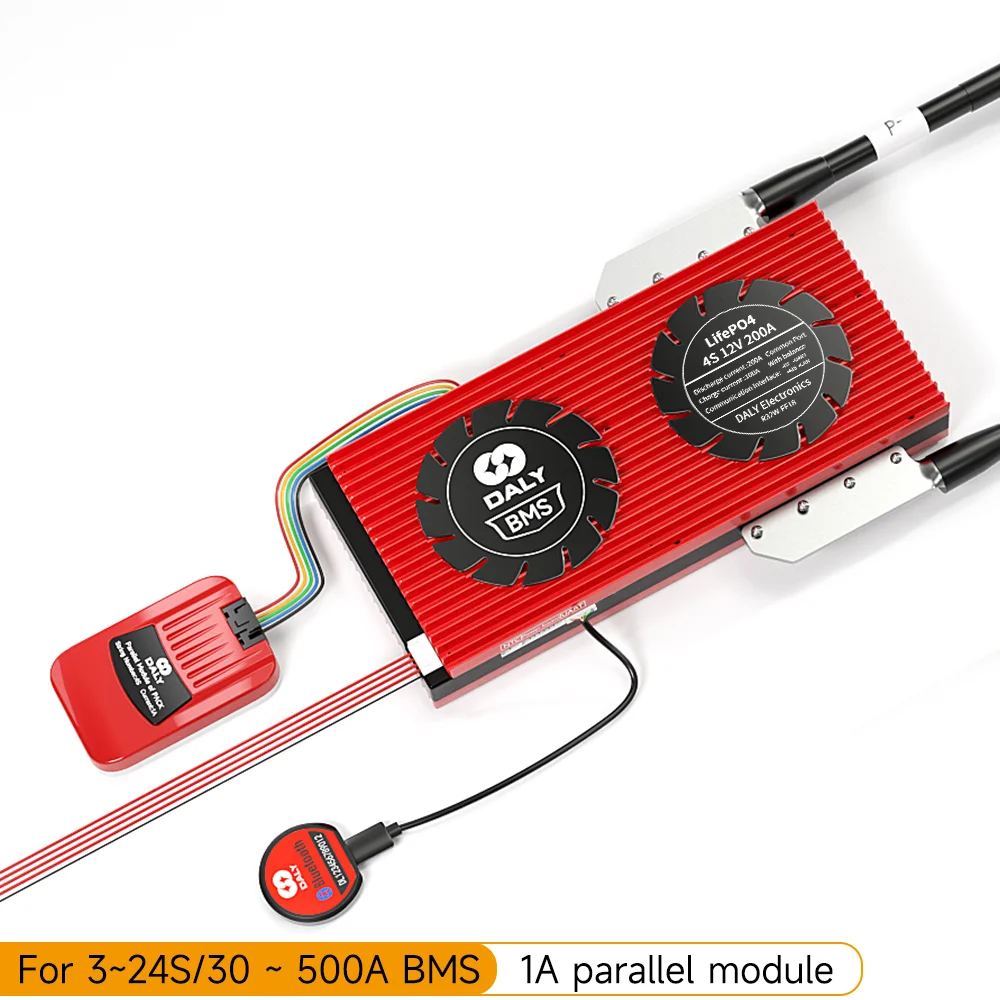Hi all, hoping to get some advise on a BMS for a system with a specific purpose.
I'm replacing the battery bank in a sail boat (currently 3 AGMs) with 3x diy 100ah lifepo4.
The cells are being wired into three separate banks of 4 cells (12v), with an individual BMS for each bank. I'm aware this can be avoided by wiring in parallel first, but as the install in on a boat possibly hundreds of miles from a shop having a heavily redundant system is preferred.
I intent to use a Daly 100ah BMS on each and the main power generation will be solar/wind with the alternator as a backup. I'm considering using a separate port bms as the costs are much the same, and should there be an issue the solar charger will remain connected to the battery in most cases and no possibility of being damaged.

 www.aliexpress.com
www.aliexpress.com
I understand the charge current is reduced using a separate port, from what I can see about 50%. So 50a (based on the 100a bms), around 600w on each. Its unlikely the power generation will ever be this high at all, and with three banks I would defiantly never hit this limit.
Are there any other downsides to using a separate port over a common port? What are your thoughts?
I'm replacing the battery bank in a sail boat (currently 3 AGMs) with 3x diy 100ah lifepo4.
The cells are being wired into three separate banks of 4 cells (12v), with an individual BMS for each bank. I'm aware this can be avoided by wiring in parallel first, but as the install in on a boat possibly hundreds of miles from a shop having a heavily redundant system is preferred.
I intent to use a Daly 100ah BMS on each and the main power generation will be solar/wind with the alternator as a backup. I'm considering using a separate port bms as the costs are much the same, and should there be an issue the solar charger will remain connected to the battery in most cases and no possibility of being damaged.

53.51US $ 22% OFF|smart lifepo4 bms 4s 12V 24V 36V 48V 60V 30A 100A Li Ion 3S 8S 10S 12S 13S 16S 24S 18650 bluetooth APP balance board 1A Parallel|Battery Accessories| - AliExpress
Smarter Shopping, Better Living! Aliexpress.com
I understand the charge current is reduced using a separate port, from what I can see about 50%. So 50a (based on the 100a bms), around 600w on each. Its unlikely the power generation will ever be this high at all, and with three banks I would defiantly never hit this limit.
Are there any other downsides to using a separate port over a common port? What are your thoughts?



